- 9 Things to Do to Avoid a Bounced Check
- What To Do If You Receive A Random Check in the Mail
- Frequently Asked Questions
Scammers are not only getting better at faking checks; they're coming up with new methods to convince you that a check is genuine and they have the funds available. By the time the check has bounced, the scammer is long gone, and you’ll have to pay fees to the bank and any money you’ve spent from the bounced check. Plus, you’re unlikely ever to recover the money you’re owed from the scammer.
We’re not saying you should never accept checks, but if you’re selling things online, or renting out a property, etc., there are best practices for accepting checks that you should follow.
9 Things to Do to Avoid a Bounced Check
If you’re accepting a check payment from someone you don’t know, there are several things you can do to reduce your risk of cashing a bad or fake check that you’ll later pay the price for. Before handing over goods or depositing a check, make sure you do the following:
- Check the payer's ID.
- Witness the signature.
- Get their contact details.
- Look for red flags of a fake check.
- Check the date.
- Verify the check number.
- Validate the amount.
- Stick to local banks.
- Wait for the check to clear.
Only Accept Checks When You Need To
If you really want to avoid getting scammed by a bounced check, simply don't accept checks as a form of payment. Opt for other methods that offer more protection, such as cash, PayPal, or other money transfer apps.
Check Their ID
Whether you run a small business or are just selling something through Craigslist, ask to see the check writer’s ID when accepting a check as payment. This lets you verify that the person handing you the check is the account holder and if the address on the ID matches that on the check.
If the addresses don’t match, the check may still be good, but this may signal a problem in combination with other warning signs. Furthermore, avoid accepting checks which have a temporary address, like hotels or post office boxes.
Witness the Signature
Don’t be afraid to ask the check giver to sign it in front of you, so you can check it matches the signature on the ID provided. This can help ensure that the check hasn’t been stolen from the genuine account holder. Be prepared to walk away if someone insists on giving you a pre-signed check.
Sometimes you're unable to watch the payer sign the check (e.g., if they send you the check in the mail)—this is still ok. Just make sure you wait for the check to clear before you spend any of the money.
Get Their Contact Details
Make sure the person's verifiable contact details are printed on the check. If they aren’t up to date, ask them to write their address and phone number on the back of the check. If there’s an issue with payment, your first port of call is to contact the check giver, so valid contact details are essential.
If incorrect contact details are provided, it could be an innocent mistake that can be quickly fixed. If not, inform the buyer in writing that you intend legal action.
Look For Red Flags of a Fake Check
Take a closer look at the check to determine if the edges are cleanly cut, the printing is sharp, and the security features are present. Likewise, look for subtle signs of tampering, like crossed-out writing and smudging, as this can lead to a bank rejecting a check.
How to Spot a Fake Check
With modern technology, it’s easy for scammers to copy a real check and print their own genuine-looking, but ultimately, fake check. Inspect all checks you receive for the following signs of a fake:
- A bank name that you've never heard of or fake bank details (or a complete lack of any bank information).
- Lack of standard security features, such as microprinting on the signature line, a watermark, and the words “original document” and a security screen on the back of the check.
- Smudges, discoloration, or signs of wear, which may indicate the check was altered.
- Crossed out or rewritten content, letters or numbers outside of the fillable spaces and/or writing in different inks.
- Cashier's checks have the amount and payee details handwritten (genuine cashier's checks will have this information printed).
WARNING: Scammers can buy genuine check stock paper and print their own checks with someone else’s account number.
Check the Date
Request that the check features today’s date only. A post-dated check could be a warning sign you’re dealing with a scammer, as it allows the scammer to be long gone before you notice that the check has bounced.
Verify the Check Number
FACT: About 90% of bad checks come from bank accounts that are less than a year old.
Be wary of checks from new accounts with check numbers under 100, as they can be risky. New accounts may not be established long enough to demonstrate unreliable check-writing history. Additionally, never accept checks with a handwritten number or no check number at all.
Validate the Amount
Make sure the amounts in the “Pay to the order of” line and the numeric amount box match. If there is a discrepancy, the bank honors the pay-to amount. Therefore, a scammer could write a higher number in the amount box to avoid paying the full amount.
Overpayment Scams Using Fake Checks
Many scammers use fake checks in overpayments scams—this is how they work. Someone contacts you about your Craigslist ad; they’re interested in what you have on offer and will send you a check for payment.
However, the check is for way more than what you’re asking for, and the buyer will ask you to wire the excess funds back to them or to cash the check and give them the remaining cash after the sale.
The buyer will have a reason for this, such as:
- They accidentally transferred you the excess money.
- The money should be used to pay a mover or other third-party service (who will also be part of the scam).
- They wanted to give you extra money but now need the money back for an emergency.
It seems plausible, so you deposit the check and give the buyer the extra cash or use it to pay the third-party provider (e.g., the mover).
YOU HAVE JUST BEEN SCAMMED!
The check was bad—either fake or from an account with insufficient funds—but by the time the bank discovers it’s fraudulent, the scammer already has your goods and the money you transferred back to them, and the check funds are now gone from your account.
Stick to Local Banks
You reduce your risk of being a victim of check fraud if you stick to accepting checks from those who live locally or have a bank account at a local financial institution.
The risks are always higher with an out-of-state check, especially if you’re accepting it from someone you don’t know, as it’s not easy to contact an out-of-state bank to verify the check.
Wait For the Check to Clear
You may think that the check has cleared already because the bank has released the funds into your account. However, the check could still bounce weeks later. If you’ve spent the money before the check bounces, you’ll have to repay the bank. If you can wait 30 days from dipping into the funds from a check from someone you don’t know, you should.
Don't spend money from a check until it no longer shows as "Pending" in your account.
What To Do If You Receive A Random Check in the Mail
Opening the mail and finding a surprise check from a sweepstake or lottery is sure to get the heart racing. But before you get carried away, take a moment to think about it. Sweepstakes and other mail check scams have some pretty big red flags that should warn you of a scam, including:
- A check for more than $600 that isn't accompanied by an affidavit. Sweepstake sponsors must file prizes worth more than $600 with the Internal Revenue Service (IRS). To do that, they need to send an affidavit before releasing larger prizes.
- A requirement to send money to cover fees or processing. This often takes the form of a smaller check than your actual much larger prize. You’re instructed to deposit the smaller check and wire the money to cover the fees. That check will bounce, and you will have to cover the cost of the fake check as well as bank fees.
- As a general rule, you should never have to pay fees to claim winnings.
- A requirement to buy gift cards or make a wire transfer with MoneyGram or Western Union using the check provided as your ‘role’ as a mystery shopper. By the time the fake check has bounced, you’ve already sent the money or gift card to the scammers.

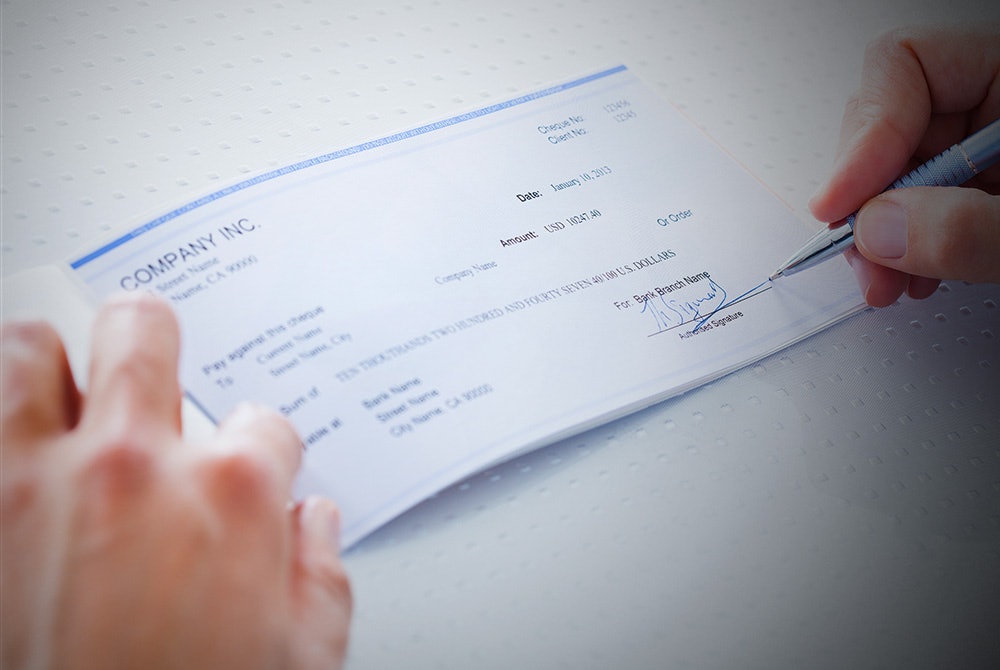
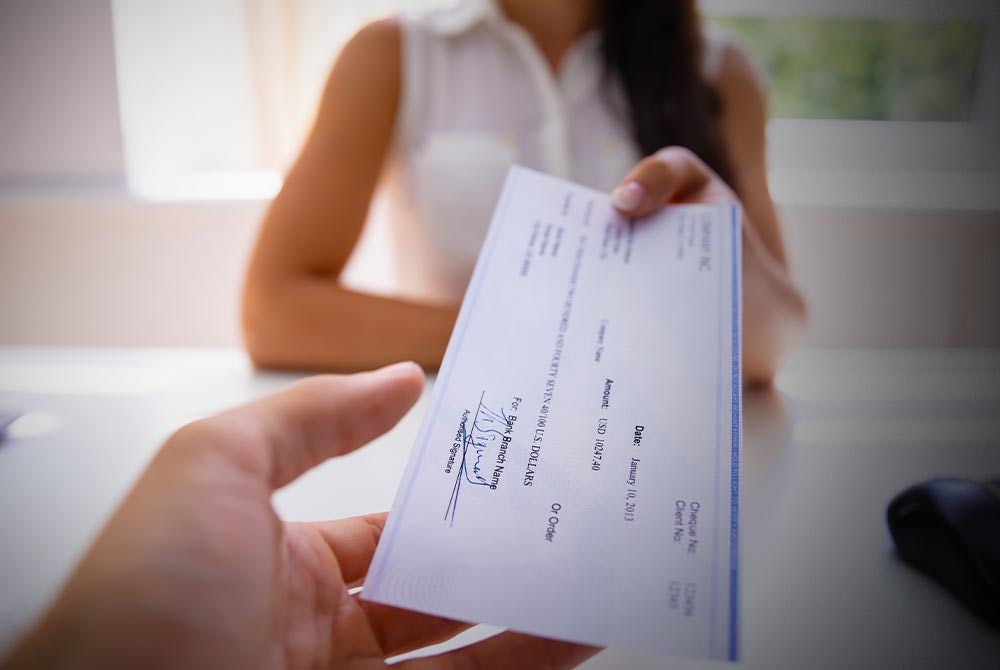
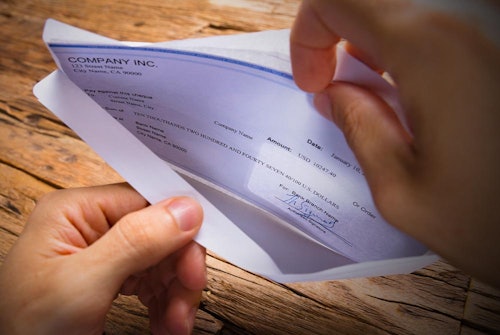
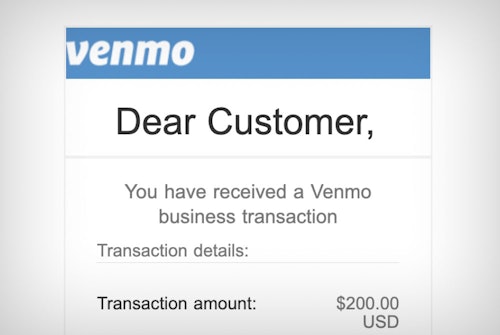
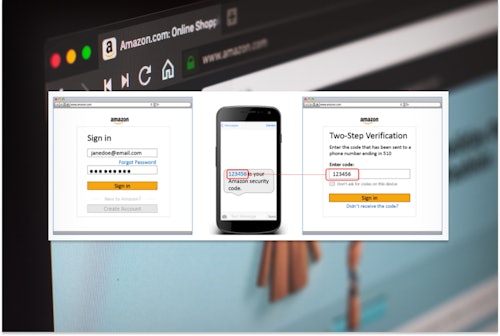
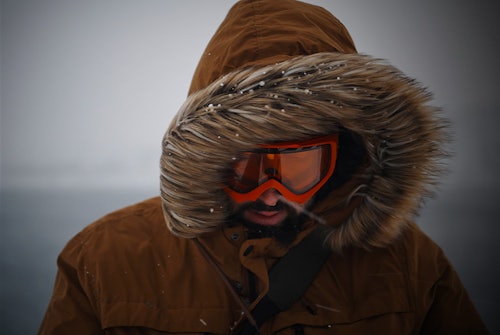
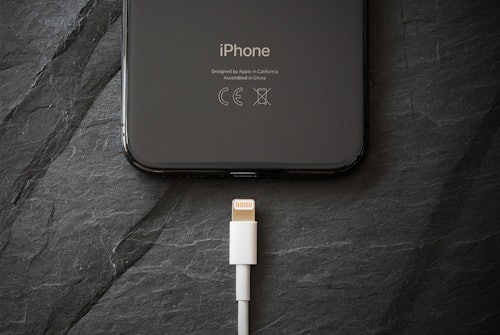
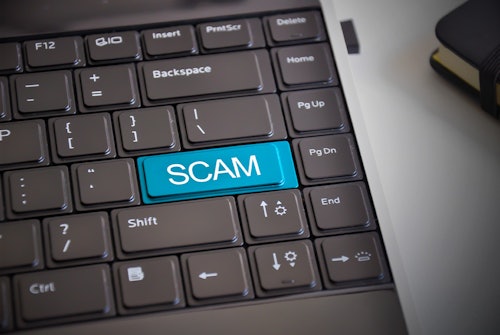
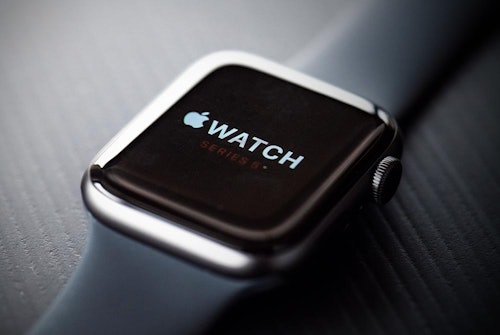
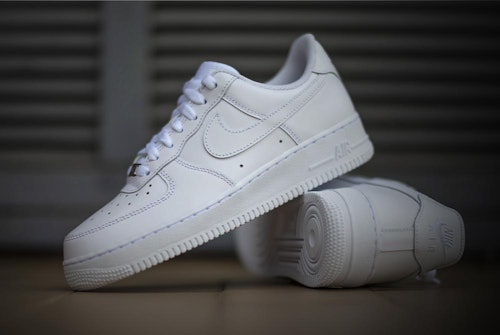
Comments